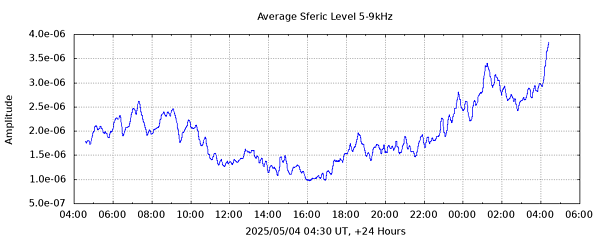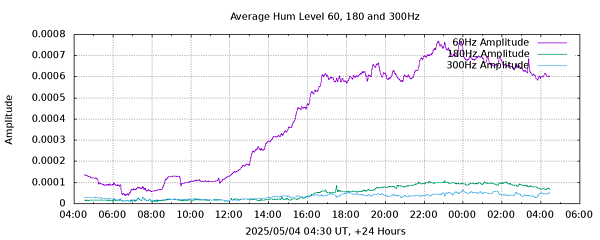Sunday, May 31, 2015
Saturday, March 10, 2012
Monday, August 15, 2011
Dutch PlantLab Revolutionizes Farming: No Sunlight, No Windows, Less Water, Better Food | Singularity Hub
Could be a great science fair project.
Wednesday, August 10, 2011
Make: Projects How-to Projects Library — Electronics, Arduino, Crafts, Solar, Robots
Lots of Engineering projects here... and I do mean LOTS. For science fairs, the real issue is how do you make it your own?
Monday, August 09, 2010
Saturday, January 30, 2010
Annular solar eclipse 15.01.2010
Annular solar eclipse from 15 january 2010 is the longest annular eclipse from all third millenium, about 11min and 8 seconds long and is part of cicle SAROS 141.
The eclipse is seen in eastern hemisphere and here you have an excelent interactive map.
Put your mouse on your location and you will see all details you will nead.
It will be interesting to track SID monitors in the area, to monitor VLF transmissions and the 28 mhz beacons during the phenomena.
Have fun and waiting for your posts.

The eclipse is seen in eastern hemisphere and here you have an excelent interactive map.
Put your mouse on your location and you will see all details you will nead.
It will be interesting to track SID monitors in the area, to monitor VLF transmissions and the 28 mhz beacons during the phenomena.
Have fun and waiting for your posts.

Thursday, October 09, 2008
Strange drops in NAA signal strength
Earlier I wrote about about how quiet the Sun is lately. As a matter of fact, it hasn't been that peaceful in the last 50 years. Still, it is worth to have a look at the data you collect. Michael Jefferson (running the LOFAR monitor) noticed that at around 02:45 until 03:45 the signal level of the NAA transmitter in Cutler Creek drops quite a lot. It is something I had also noticed and we quickly agreed that this was not caused by out SID monitors but is actually a drop in the signal level of the transmitter. If you go to the SID data browser and single out a couple of the monitors listening to NAA only, you can see that effect. In this picture at this link, you see at the left the drop in signal. Between 10:00 and 22:00 GMT, the signal is completely absent. This is apparently the regular scheduled maintenance period.
Chatting about this, Mike remarked that this is perhaps done to allow painting jobs of the transmitting towers in 1-hours shifted under lower power levels. I personally doubt this, because going up and down the towers leaves hardly any time for the actual painting. Googling around a bit I found that Wikipedia actually mention that painting of the towers is a non-trivial job. They explain that there are actually two arrays of antennas and that one is shut off or '"grounded" when the other half is painted. BTW, the paint itself is apparently somewhat of a health hazard. They also did got a fine because of air pollution.
I was thinking about asking the site itself about the drop in signal, but I cannot find a public contact point. As a matter of fact. according to this EPA report, there are not a lot of public contact points.
Going back to the signal level drops. The Moore observatory in Kentucky is also looking at the NAA and you will find the drops there as well, although not as prominent as we see it. However, this is a pretty good example, while it is also interesting to compare their data on the date with the link above. The drop is hard to see, but the maintenance period is obvious.
So, even when there is not a lot of activity on the sun, there is still a lot to learn from the SID data! :-).




